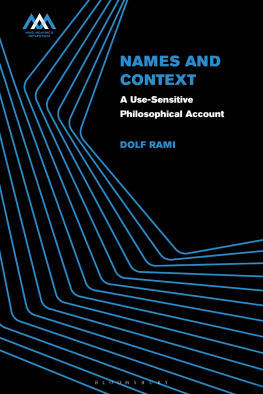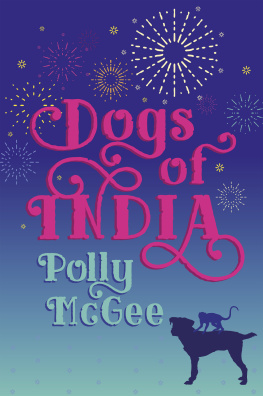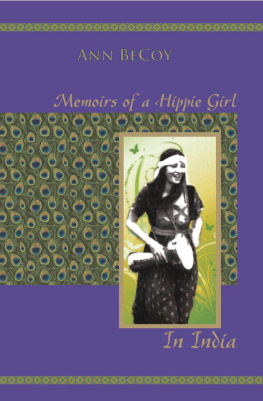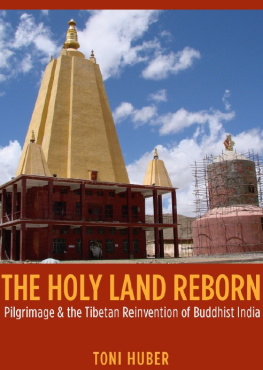Dolf Hartsuiker - Sadhus: Holy Men of India
Here you can read online Dolf Hartsuiker - Sadhus: Holy Men of India full text of the book (entire story) in english for free. Download pdf and epub, get meaning, cover and reviews about this ebook. genre: Religion. Description of the work, (preface) as well as reviews are available. Best literature library LitArk.com created for fans of good reading and offers a wide selection of genres:
Romance novel
Science fiction
Adventure
Detective
Science
History
Home and family
Prose
Art
Politics
Computer
Non-fiction
Religion
Business
Children
Humor
Choose a favorite category and find really read worthwhile books. Enjoy immersion in the world of imagination, feel the emotions of the characters or learn something new for yourself, make an fascinating discovery.
- Book:Sadhus: Holy Men of India
- Author:
- Genre:
- Rating:4 / 5
- Favourites:Add to favourites
- Your mark:
- 80
- 1
- 2
- 3
- 4
- 5
Sadhus: Holy Men of India: summary, description and annotation
We offer to read an annotation, description, summary or preface (depends on what the author of the book "Sadhus: Holy Men of India" wrote himself). If you haven't found the necessary information about the book — write in the comments, we will try to find it.
Sadhus: Holy Men of India — read online for free the complete book (whole text) full work
Below is the text of the book, divided by pages. System saving the place of the last page read, allows you to conveniently read the book "Sadhus: Holy Men of India" online for free, without having to search again every time where you left off. Put a bookmark, and you can go to the page where you finished reading at any time.
Font size:
Interval:
Bookmark:
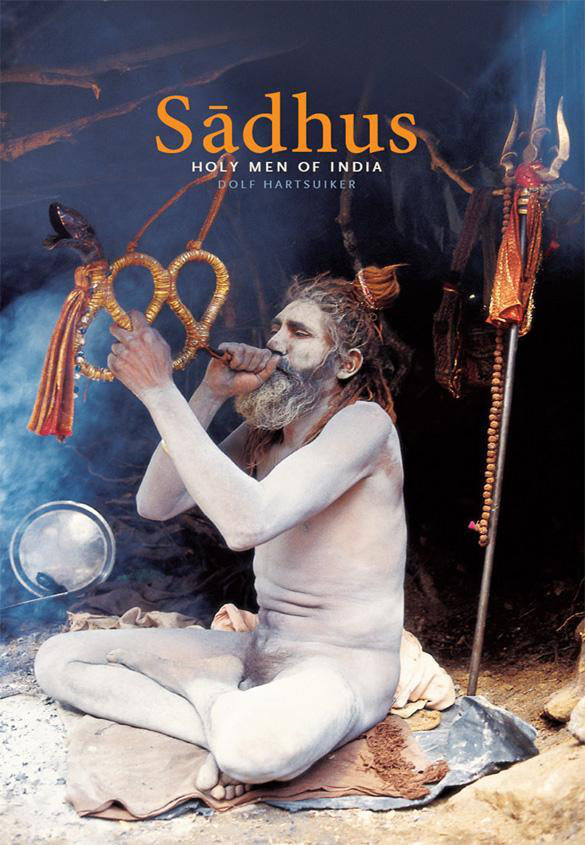
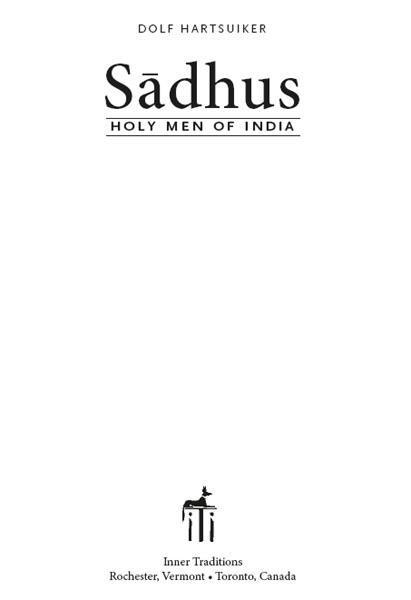

Mdhav Ds in front of his humble dwelling, built against the ancient city walls of Dwarka. He is said to be a hundred years old, but this should be taken as an expression of respect, reflecting a culture where old age is equated with wisdom.
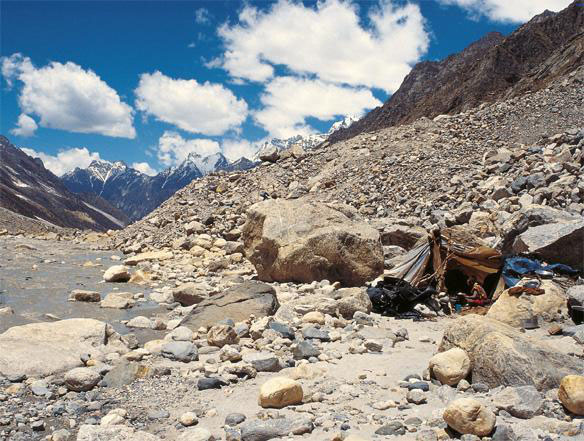
Prayg Giri, a Ng Bb, has made his temporary shelter at Gomukh (cowmouth), the source of the holy Ganges, where the icy water flows out of the Himalayan glaciers. For six months he will worship the goddess Gang M (Mother Ganges) and serve the pilgrims who come here for her darshan and a holy dip.
The jewel is lost in the mud,
and all are seeking for it;
Some look for it in the east,
and some in the west;
some in the water and
some amongst stones.
But the servant Kabir has appraised it
at its true value,
and has wrapped it with care
in the end of the mantle of his heart.
Rabindranath Tagore, Songs of Kabir
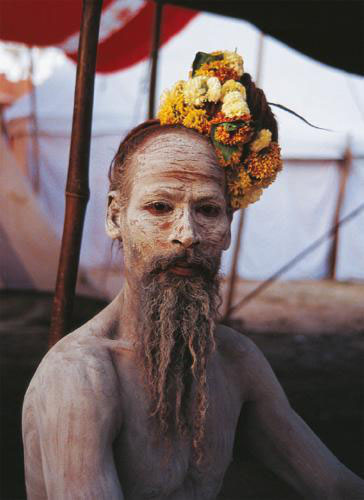

Om namo Nryana
Om, salutation to Nryana
When I visited India for the first time, I stayed for a year and travelled all over the subcontinent, fascinated and bewildered by the total otherness of Hindu culture, the magic of its living religion, the wisdom of its philosophy, and the architectural marvels of its splendid heritage feelings that contrasted with my dismay at the poverty and misery prevailing in large parts of the country. I have returned many times, for long periods, and the magic is still there in certain places. It is not yet submerged by the deluge of gross materialism and conspicuous consumerism that is swamping the West, and which is now heading East as well.
In the perplexing confusion of India, a foreigner would at first hardly notice its holy men, mystics and ascetics: the Sdhus, as they are collectively designated. Although there are four to five million of them, it took me several voyages to differentiate them from the surrounding overload of strange, beautiful, ugly, magical, brutish, spiritual impressions. They do not constitute more than about half a percent of the total population. Moreover, although Sdhus can be found all over India, they usually live in far-off places and a little hidden from everyday life.
Of course, I knew of a few singular, famous Gurus who were preaching in the West, but like most fellow Westerners, I had never heard of Sdhus. Somehow their presence seems forgotten, though they have been known to the West since at least 300 BC, first as the naked philosophers when the Greeks visited India, and later by European travellers as the fakirs. However, in the popular image of India and even in Indological studies, their existence fundamentally shaping Hinduism since remote antiquity, and living it today hardly plays a role.
When I first met with Sdhus, I was amazed, even a little frightened, by their powerful and earthly otherworldliness, which seems a paradox and is not at all comparable to the pious, humble holiness of Christianity. I admired their choice of a free life, without possessions, comforts, sensual pleasures and responsibilities. But above all, I was struck by their beauty.
I wanted to record it before it vanished, before the Sdhus became extinct in this increasingly consumerist and secular world. Im a bit more optimistic now, having seen their vitality, knowing that they have survived the millennia and various adverse invading cultures. Nevertheless, change seems inevitable and probably for the worse. Besides, there were more than enough reasons to photograph them, one being that, strangely enough, nobody had ever systematically done so.
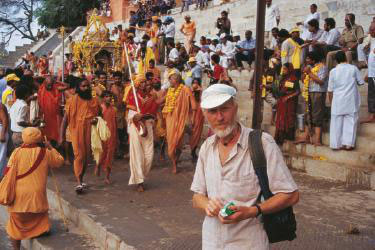
Camera yoga at the Kumbha Mel in Ujjain.
On my photographic quest I visited many holy places, attended religious festivals, and encountered and photographed thousands of Sdhus. With some Sdhus I became closely acquainted and over the years met them time and again; with most, quite naturally, I had more superficial contacts.
It soon became apparent that in order to understand what I was seeing and photographing, it was necessary to study the available literature on Sdhuism which is not as extensive, thorough and detailed as one would hope for and on the wider cultural context. Needless to say, the subject matter is vast and complex, though extremely interesting, and even now, having spent years in India and in studying its culture, I cannot say that I have seen the end of it. To really comprehend it all demands a lifetime, or better still, leading the life of a Sdhu oneself.
I thank all Sdhus for their darshan and shirvd, and all my friends for their cooperation and support.
Dolf Hartsuiker

Find the eternal object of your quest within your soul.
Enough have you wandered during the long period of your quest!
Dark and weary must have been the ages of your searching in ignorance and groping in helplessness;
At last when you turn your gaze inward, suddenly you realize that the bright light of faith and lasting truth was shining around you.
With rapturous joy, you find the soul of the universe, the eternal object of your quest.
Your searching mind at last finds the object of the search within your own heart.
Your inner vision is illuminated by this new realization.
Yajur Veda 32.11

Bbs stand on the edge of the holy Shipra, their flower garland offerings already afloat, awaiting a signal to enter the water.

Rupa Nth, a Gorakhnth of the Aughr subsect, sits in front of a shrine in Pashupatinath (Nepal), which is not only a place dedicated to Shiva, but also a centre of Gorakhnths. (For more on the Shaiva Sects, onwards.)
Enlightenment is the real purpose of life. That is still the basic concept of Indian culture, in which mystics, who devote themselves to the full-time exploration of the inner light, are very highly respected.
The inner light is the core of ones consciousness and is identical with or part of the Absolute, the Cosmic Consciousness, though that is unknowable to the ordinary human mind.
The intellect, trying to picture what cannot be grasped, or if it has been able to see trying to express what can only be approximated in the language of mortals, must resort to symbolism, art and poetry.
Next pageFont size:
Interval:
Bookmark:
Similar books «Sadhus: Holy Men of India»
Look at similar books to Sadhus: Holy Men of India. We have selected literature similar in name and meaning in the hope of providing readers with more options to find new, interesting, not yet read works.
Discussion, reviews of the book Sadhus: Holy Men of India and just readers' own opinions. Leave your comments, write what you think about the work, its meaning or the main characters. Specify what exactly you liked and what you didn't like, and why you think so.




